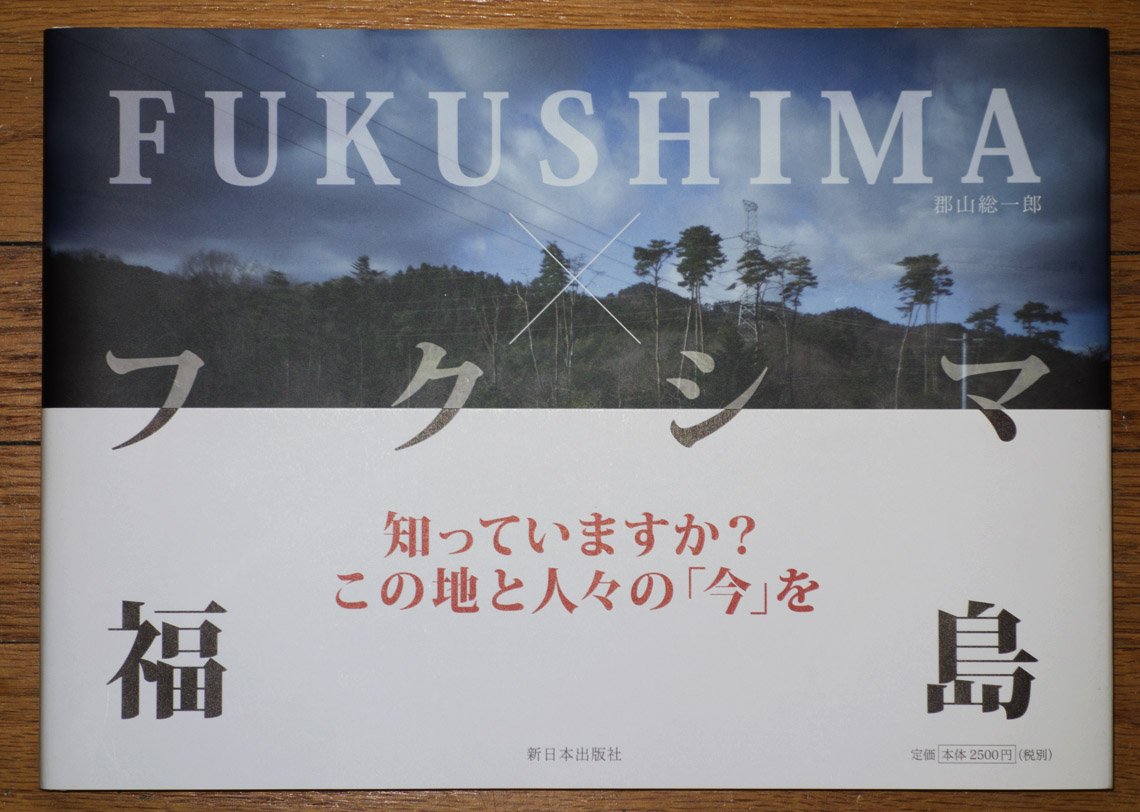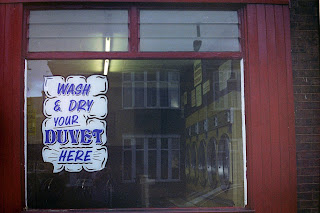As modern photographers, and in particular digital
photographers, it is easy to capture one image that tells a story. You only need to look at Facebook, Flickr, or
any other site that hosts photographs.
If you open a newspaper or read an online news site the chances are that
sooner or later you will come across a photograph that was taken not by a
professional photojournalist but by someone with a half decent camera phone.
Camera club photographers are well adapted at this. However, this obsession to capture that one
competition winning image can often be to the detriment of a better story that
could be told over a series of images.
The photo essay is very much like a written essay but with fewer
words and (hopefully) a lot of quality images.
It is a blend of art, journalism and story telling that are combined in
a structure that conveys the story to the viewer.
 |
| Washing anyone? |
The final collection of images will contribute to the story
and will also play a part in evoking a sense of theme and emotion while still
being artistically and compositionally strong, informative and
educational. Creating the photo essay
can be extremely demanding and challenging but done well the finished result
can be rewarding and powerful.
 A photo essay can take one of two basic forms: The narrative form is an essay that starts at
a particular point in time and follows the story via a sequence of
events or actions. These types of essays
tend to follow a chronological order. Example
of these may be following a group of children through their first year of
school or through some religious rite of passage such as confirmation; a behind
the scenes essay on the organisation and delivery of an event or something a
bit more challenging; following someone dealing with depression.
A photo essay can take one of two basic forms: The narrative form is an essay that starts at
a particular point in time and follows the story via a sequence of
events or actions. These types of essays
tend to follow a chronological order. Example
of these may be following a group of children through their first year of
school or through some religious rite of passage such as confirmation; a behind
the scenes essay on the organisation and delivery of an event or something a
bit more challenging; following someone dealing with depression.
The other type of essay is a thematic one. This type of essay is one that
focuses on a
central theme this maybe homelessness in Pennine Lancashire; environmental
projects or religion in your local area.
The thematic essay is one that presents images relevant to that theme. Occasionally, and it is extremely rare, a photo essay may
take on both forms at the same time.
There is nothing wrong with this as long as the essay tells the story
that you want to get across.
Occasionally, and it is extremely rare, a photo essay may
take on both forms at the same time.
There is nothing wrong with this as long as the essay tells the story
that you want to get across.The Five Elements
Regardless of what your photo essay is going to be about
there has to be certain elements to the project in order to make it work.
The Story – In
producing the photo essay the story is one of the most important aspects of the
project. The photographs should provide
a narrative that includes a beginning, a middle and an end.
A Range of Photographs
Order – The
photographs should follow an order that helps deliver the story fluidly and
easily to the viewer in an interesting sequence.
Feeling – The
photographs should have a ‘feel’ to them.
Whether this is informative where you, the photographer, are giving
information about a particular subject or emotive where some of the photographs
evoke emotion with the viewer. This can
be uplifting or upsetting. The latter
type of images can be extremely powerful.
Captions –
Captions can be an essay author’s best friend.
They can help carry the story through in short sentences and ensure that
the viewer understands what is going on.
Before you Press the Shutter
 |
| Life's a beach |
A photo essay is as much about your skills as a story teller
as it is about the photographs that tell the story. There is (or should be) quite a bit of work
that goes in to the project before you even touch a camera.
The first thing to think about is the subject. What is your essay going to be about? This may seem easier than it actually is.
A photo essay requires a lot of work so it’s important to
ensure that your outcome is achievable.
For instance you may decide to undertake an essay about Modern Religious
Practices in Pennine Lancashire.
Fantastic, you have an interesting and engaging subject. However, when you start looking in to the
subject you suddenly find that there are more different religions practicing in
East Lancashire than you first thought. They all have different festivals, they all
have different places of worship. You’re
project has just gone from a twelve month time span to ten years.
So, when you are planning your essay take in to careful
consideration the length of the project and the amount of work required.
 Ensure you are clear on what the story is. Will people find it interesting? Will you find it interesting? Is there a story to be told? A clearly defined story will have greater
longevity and a wider audience.
Ensure you are clear on what the story is. Will people find it interesting? Will you find it interesting? Is there a story to be told? A clearly defined story will have greater
longevity and a wider audience.
Once your ideas begin to form then this is the point to hit
the books and internet. Again, this is
something that may not be necessary (depending on your project), but if you are
going to interact with people or your subject has an informative angle then you
at least need to know what you are talking about. You don’t need to hold a PhD in the chosen
subject you just need an understanding.
The more work you put in at this stage the closer you will feel to your
essay and more informed the finished product will be.
Have a look at what other photographers are doing. Do a flickr search and join groups. You can be almost guaranteed that someone
else has attempted the same subject matter as you somewhere before. Don’t forget to ask questions!
Think about how you want the project to look and how it’s
going to be presented. Also think about
how you process the image. Do you want
something a little retro looking, ultra modern or something obscure like 3D?
The whole idea is to set yourself a little challenge through
a project and fall in love with photography all over again.







